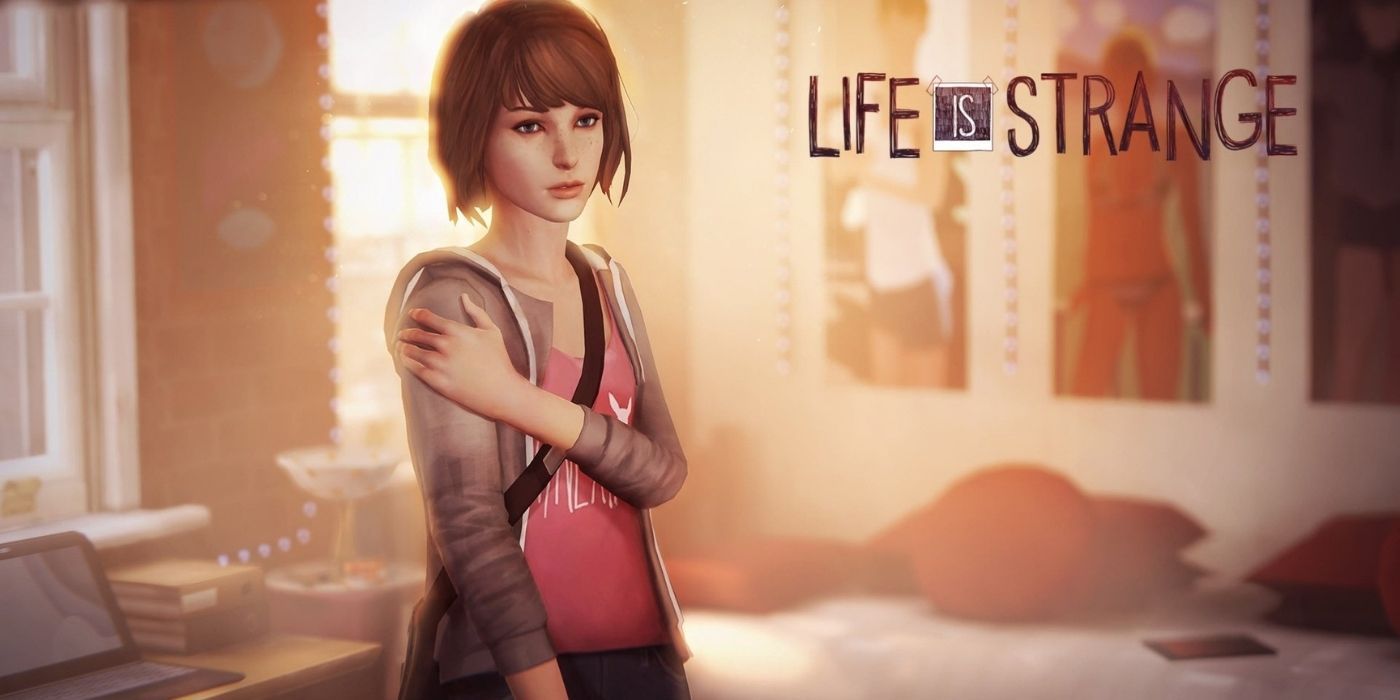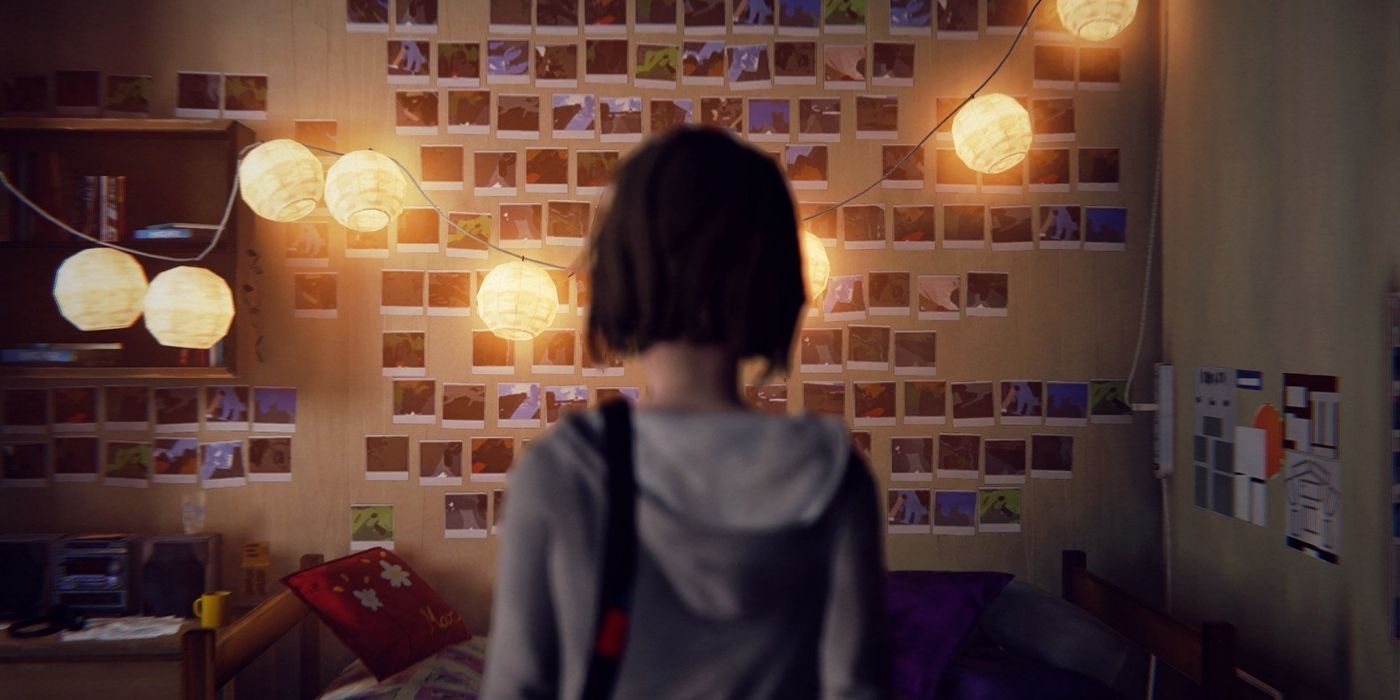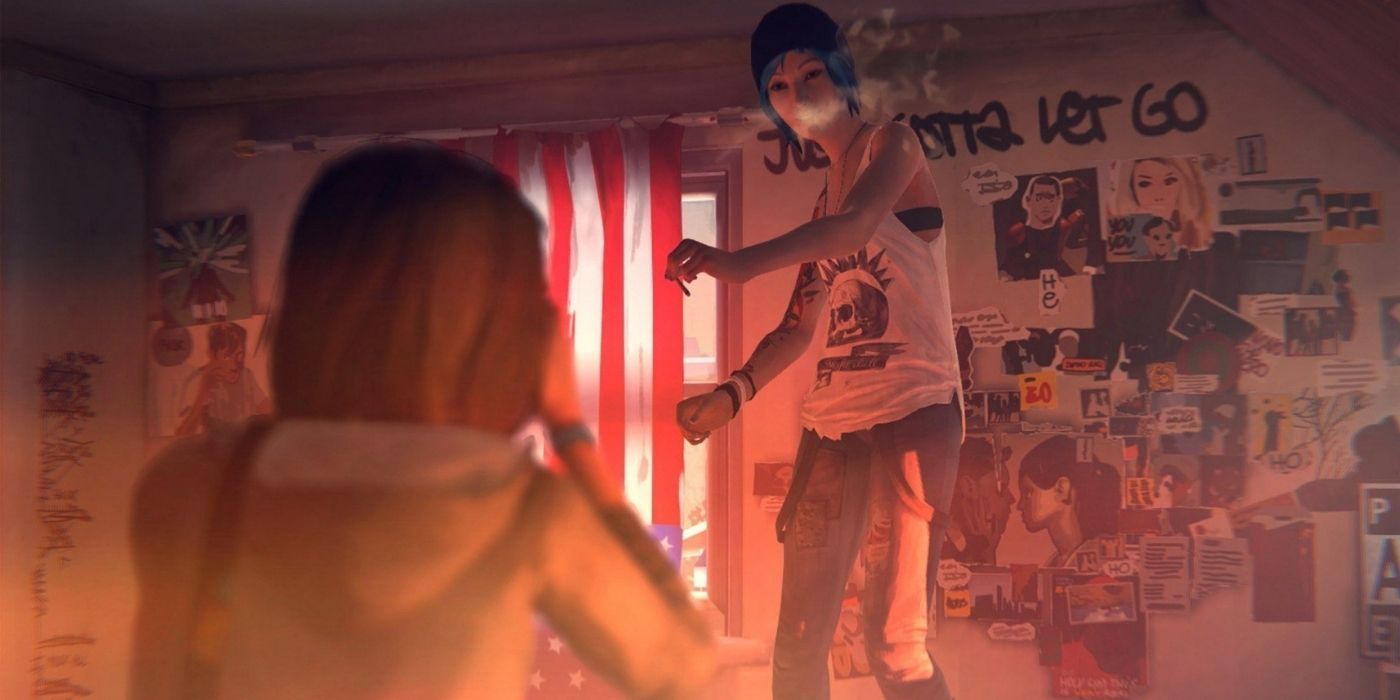Life is Strange's Max Caulfield Deserves More Than a Comic Run

Since it first debuted in 2015, Life is Strange has garnished the reputation of being a series that tells deeply emotional stories through the perspective of insecure and introverted teenagers, sprinkled with supernatural twists. While every Life is Strange game has starred a new protagonist, Max Caulfield remains the favorite of many.
Fans have often argued which of the endings in the first Life is Strange game is canon. While both take the narrative in opposite directions, it doesn't change the fact that Max is alive at the end of both, with her future uncertain. The ongoing Life is Strange comic by Emma Vieceli has canonized one ending, which takes Max's story arc in a meaningful direction. However, that isn't enough to conclude the narrative that spurred off from an interactive medium.

What separates Max from the likes of Chloe Price and Sean Diaz, the protagonists of Life is Strange: Before the Storm and Life is Strange 2 respectively, is that she's the core of the Life is Strange games and the community that formed around it. This doesn't mean that Max is a better protagonist than the other two, she just set the stage for what fans would expect from future Life is Strange protagonists.
Max's clumsiness, indecisiveness, and self-effacing nature make her endearing to many. Max is a believable protagonist that fans not just admire, but often relate to. While Chloe is the star of Life is Strange, Max is its guiding wind. It's also important to acknowledge how Max's bisexual character opened up the pathway to many other LGBT characters in the video game space, including Dontnod's own Tyler Ronan from Tell Me Why. Many people likely discovered their sexuality after experiencing the first Life is Strange. As such, Max isn't an empowering character in a traditional sense that fans look up to, rather she's the embodiment of those fans.

Whatever ending of Life is Strange one sees, Max's future remains largely a mystery. In comparison, Life is Strange 2 does a fine job of concluding Sean Diaz's arc. Aside from the tragic endings, Sean ends up reaching Puerto Lobos in all of the other ones and starts fresh. In contrast, Max's arc ends vaguely in the first Life is Strange, with no hint about what she plans to do next. There is a brief cameo of Max and Chloe in Life is Strange 2, depending on the first game's ending, but this doesn't reveal much about these characters.
The comic book storyline doesn't do Max justice, seemingly because it's a different medium with an arguably separate audience. The biggest issue here is that fans don't get to live Max's life as they do in the game, rather they get to witness it passively.
Life is Strange is a game about choices, and comics remove the possibility of such an existence. Video games and mundanity go hand in hand, and optional moments players can choose to experience are what set video games apart from comics and other mediums. On top of all that, it's important to note the physical version of the Life is Strange comics aren't readily available to purchase outside of the US and UK, which is a shame because Life is Strange fans are scattered all across the world.
Max deserves a proper sequel of her own, not just for the sake of her character or her fans, but to bring Life is Strange full circle. A rumor earlier this year suggested a fifth Life is Strange game is currently in pre-production stages that would continue the story of Max and Chloe from the first game. As with any rumors, this should be taken with a huge grain of salt. Square Enix is currently focused on releasing Life is Strange: True Colors later this year. Even if a new Life is Strange game featuring Max is in development, fans shouldn't expect it to drop anytime soon.

Post a Comment